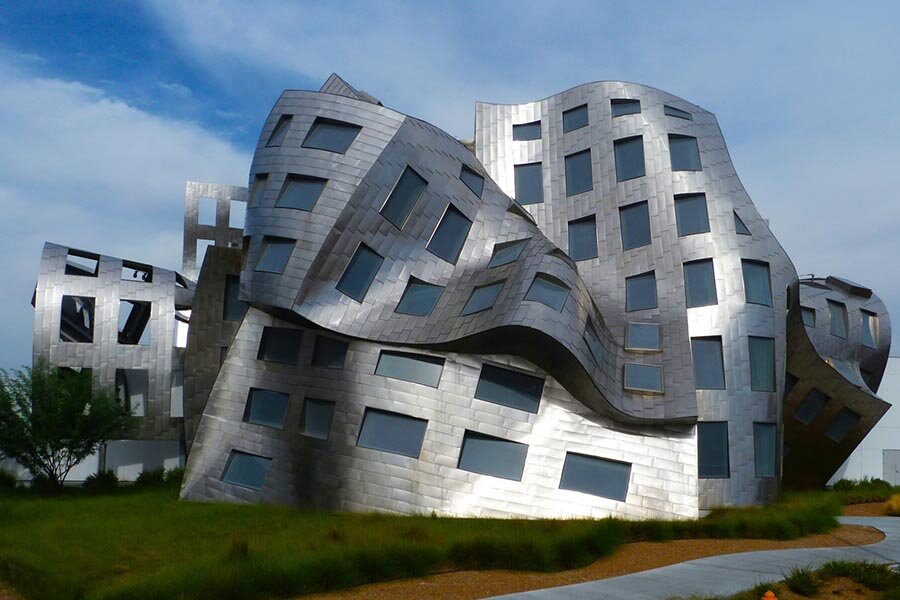The Craft of Quantum Learning
Learning both in the classroom and outside the classroom is generally approached in a linear fashion. The assumption is that if you make enough elements available to learners, they will learn at least part of what they listen to, read or watch. This is why teachers and classrooms have remained central to the learning process, even though there are now so many different ways students can find and appreciate and learn from any number of varied sources.
But, what if learning is very similar to the principles behind Quantum Theory? What if learning experiences, creativity and innovative thinking cannot be boxed into inputs and outputs? What if learning is defined by probability, chance and accident? And, what if there is only a slight chance that even the best-organized ideas, presented in the clearest possible way, do not lead to equivalent responses? What if the relationship between listening and learning is profoundly indirect?
If there is a fundamental asymmetry between what teachers teach and what learners learn, then should we continue to have tests? The principle that we examine the memory of learners to see what they have learned, is the principle behind so much of contemporary education and yet memory is notoriously unpredictable. The irony is that it is difficult to observe learning when it is happening. The internal state of the learner is deeply subjective and it is often difficult to gain access to that internal set of thoughts, reflections and observations.
The exception to this is creative process, learning through making and doing. When children, teenagers or mature students engage with the crafts that shape and form creative engagement, they produce objects, artifacts or prototypes that express the complexity of their thinking. They shape their ideas into “something” and this allows them to examine the relationships between what they know and what they have learned.
Learning is about probabilities and there are an infinite number of ways in which students learn. Ironically, our school systems and our learning systems have been designed to reduce complexity to simple equations. Everyday experiences tell much more complex stories about the unpredictable nature of engaging with events, information and knowledge. We need a transformational change in our assumptions about learning that accounts for contradictory trends and puts constant innovation at the core of what we do as learners, educators and citizens.

